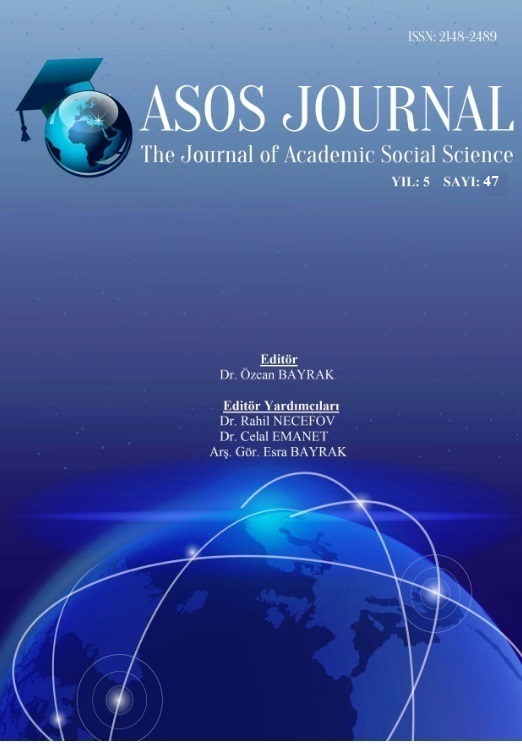Author :
Abstract
İşletmelerin tedarik zincirleri için en uygun tedarikçileri belirlemesi ile talebe uygun arzı sunmaları, rekabet edebilirlik açısından stratejik önem taşımaktadır. Tedarikçi seçimi probleminin çok kriterli yapısı, bu problemin çok kriterli karar verme yöntemleri ile modellenip incelenmesine olanak sağlamaktadır. Bu çalışmada, tedarikçi seçimini etkileyen kriterler ile tedarikçi alternatifleri arasındaki etkileşimi göz önünde bulundurarak işletmelere karar alma süreçlerinde destek olmak amacıyla kullanılan çok kriterli karar verme yöntemleri ile ilgili temel bilgiler aktarılmaktadır. Çok kriterli karar verme yöntemlerinden Ağırlıklı Toplam ve Ağırlıklı Çarpım modellerinin bir katsayı ile bütünleştirilmesi sonucunda geliştirilen WASPAS (Bütünleşik Ağırlıklı Toplam ve Çarpım Yöntemi) etkin bir çok kriterli karar verme yöntemidir. WASPAS teorisinin tanıtıldığı bu çalışmada, bir tedarikçi seçimi probleminin bu yöntem ile çözümü aktarılmakta ve karşılaştırmalı sonuçlar değerlendirilmektedir.
Keywords
Abstract
Selection of an optimal supplier along the supply chain is strategically important for those companies that strive to match supply with demand. Multicriteria nature of the supplier selection problem enables the modelling of the problem by multicriteria decision-making methods. By taking into consideration the interaction between alternative suppliers and the criteria that effect the selection, this study provides background information about multicriteria decision making methods that support companies in decision-making processes. WASPAS (Weighted Aggregated Sum Product Assessment) method is a relatively new and efficient multicriteria decision making method that integrates the basic multicriteria decision making methods of the Weighted Sum and Weighted Product models. This study introduces the theory of WASPAS, the solution of a supplier selection problem with this method and evaluates the comparative results.





